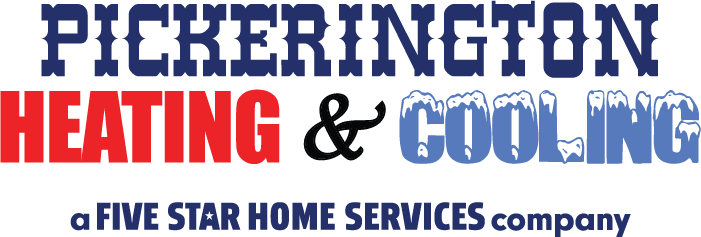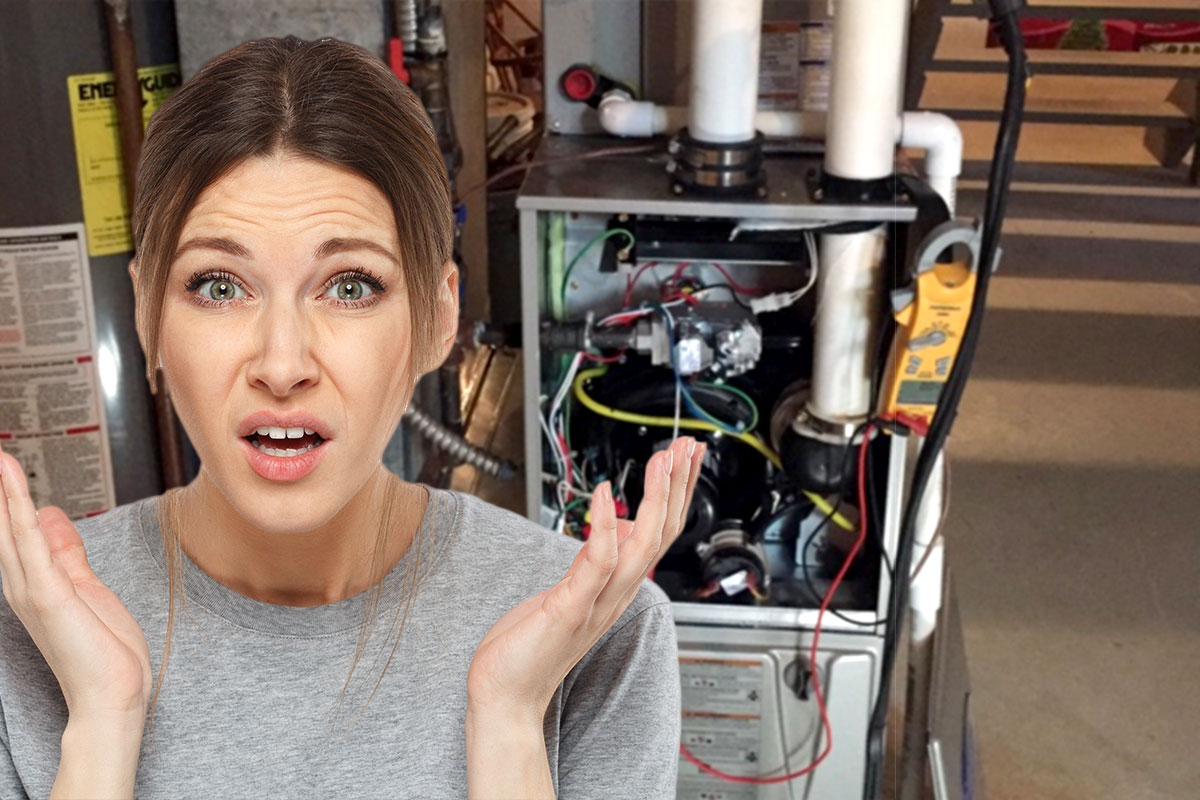5 Things You Can Check Yourself Before Calling the Pros
Cold weather will be here soon. We’ve been getting a sneak peek in the morning lately, with low temps in the thirties and early season frost warnings. Farmer’s Almanac predicted a warm fall but cold and snowy winter.
When it is cold outside, and the furnace won’t fire up, it can be concerning. It can even be downright frustrating when you can hear the furnace actually clicking ‘on,’ and trying to blow warm air… but then it just shuts down.
Modern gas forced air furnaces are designed for reliability and longevity, assuming they’re been serviced annual and maintained properly. Obviously, in our cold Ohio winters, there are an absolute necessity.
Given our years of experience in the HVAC field, we’ve found the reasons for the furnace not working can be complex… or sometimes very simple. The average do-it-yourself homeowner should probably avoid trying to fix things like wiring, motors, or thermocouples, but here are a few things you can check before you call us for service.
The first step is to know what type of furnace you have installed in your home. The most common in the New Albany and Columbus, Ohio area is the gas forced air furnace. If your home is located in a more remote country location, it probably is a liquid petroleum (LP) gas furnace. Both work essentially the same, they just use different fuel sources.
Following are five things you can do to troubleshoot furnace problems before you call.
- Furnace Filter. Check your system’s filter to ensure it’s clean. If it seems like the airflow coming from your home’s registers seems low, start with the air filter. A filter that’s extremely dirty can obviously block air flow. Also make sure all registers are open and not obstructed by foreign objects (like cat toys).
- Pilot Light. Older furnaces have a pilot light; newer furnaces have electronic ignition.
A pilot light is a small blue flame that burns constantly, waiting to help your furnace fire up quickly by providing a steady source of fire. When you peer into the side of the furnace, you should see a small flame glowing blue; if there is none present, you could have an electric ignition. If your furnace is older than about 10-15 years, it likely has a pilot light. New furnaces tend to have more energy efficient electronic ignition components.
If your furnace won’t start up, or isn’t blowing warm air, you can attempt to re-light the pilot light. Pull the panel off to see the instructions; they are attached inside the service panel of the furnace.
If your furnace seems to be trying to fire up but just doesn’t seem to get there, it’s possible you have a faulty or dirty ignitor/sensor. This is one of the top common furnace issues we see often. Normally, when the furnace is signaled by the thermostat to turn on, the ignitor glows hot and then starts the process of igniting the gas and blowing hot air. While there are plenty of instructions online on how to replace this yourself, we recommend you call an HVAC service professional to be sure it’s done correctly. - Thermostat. Check your home’s thermostat to be sure the temperature is set higher than the current room temperature, and the switch is on the HEAT or AUTO position. Set the fan switch on the thermostat to AUTO if you want the blower to run only while the furnace is creating warm air; otherwise you can leave the fan in the ON position to run continuously.
To test the thermostat, move the switch to its highest temperature setting and it should kick on. - Electric Power. Even though the heat from your furnace is generated by natural gas, fuel oil or propane, it still needs electric power to operate. There are a couple of places to check: first, check the breaker (or fuse in older homes) at the electrical panel of your house. (Breakers are safety switches installed to prevent damage to electric appliances or wiring in your home, and to prevent overheating and fires.) If the breaker is “tripped” or switched off, you’ll see a little red area next to the switch. Turn it off, then back on to reset it. If it trips again right away, don’t do anything else and call a professional, as this indicates there is an electrical short or malfunction somewhere in the circuit.
There is a power disconnect switch next to the furnace as well. If the breaker checks out, cycle this switch off the on to ensure it’s in the ON position. - Gas Supply. In addition to electricity needed for the furnace’s motor and fans, a gas forced air furnace needs natural gas, propane or heating oil as source for combustion. Look for a heavy (about 1 inch) iron pipe feeding gas to your furnace, and check to ensure the gas control value is open. When open, the valve handle runs in the same direction as the pipe; when closed, the value handle runs “across” the pipe. Usually these valves only turn one quarter of a turn.
Caution: at any time, if you smell natural gas fumes (rotten eggs or sulfur) turn the gas valve to OFF and exit the home. Don’t turn any light switches off or on (the spark can ignite the gas) and call the fire department or gas company once you and your family are safely outside, away from your home. They have equipment and training to quickly identify the source of any leaks.
If you check these five things and can’t get your furnace running, it’s time to call in the HVAC Pros at Pickerington Heating & Cooling. If you need same-day service call (614)837-4026 or use our convenient scheduling request form to book online.
https://youtu.be/HOR3z3aVdSs






